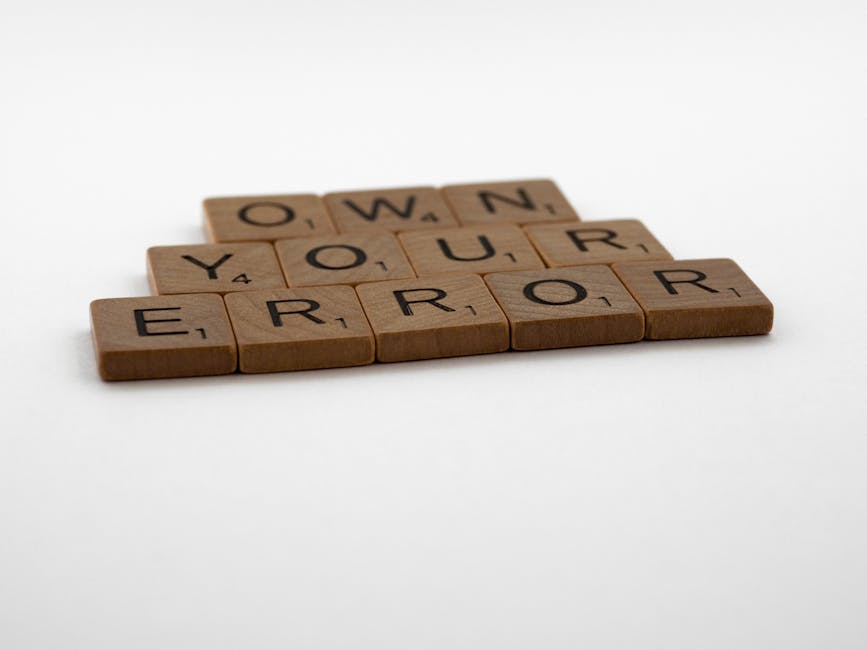Picture this: the intricate marble inlay of the Taj Mahal, the mesmerising jali work in a Rajasthani haveli, or even the perfect, repeating hexagons of a beehive. What do they all have in common? A hidden, mathematical magic called a tessellation.
And what if I told you that you could recreate this ancient art form, this dance of geometry and precision, with nothing more than a single sheet of paper? Welcome to the captivating world of origami, where you can learn to fold your own tessellation.
For many of us in India, our first brush with paper folding was making a simple boat during the monsoon. But this is something else entirely. It’s not about creating an object, like a crane or a flower. It’s about coaxing a flat sheet of paper to reveal its hidden, three-dimensional geometry through a pattern of repeating, interlocking shapes. There are no cuts, no glue—just the pure, meditative art of the crease.
What Is an Origami Tessellation?
In simple terms, a tessellation is a pattern of shapes that fit together perfectly, edge to edge, without any gaps or overlaps, covering a flat surface. Think of the square tiles on your kitchen floor—that’s a simple tessellation.
Origami tessellations take this concept and apply it to paper. By folding a precise grid—usually of squares, triangles, or hexagons—onto the paper, you create a blueprint. Then, through a series of “collapse” folds, you manipulate this grid to pop up into a stunning, textured pattern. The result is a single sheet of paper transformed into a complex, sculptural piece that looks like anything from abstract waves to intricate starbursts.
The Zen of the Crease: More Than a Hobby
In an age of constant digital noise, the act of folding a tessellation is a powerful form of digital detox. The process demands focus. Your mind quietens as you concentrate on the grid, the precision of each fold, and the rhythmic collapse of the paper. The focus required to fold your own tessellation is a conversation between your hands and the paper—a slow, deliberate process that is both challenging and rewarding.
It’s art and mathematics holding hands. You don’t need to be a math genius to do it, but as you fold, you’ll develop an intuitive understanding of geometry and symmetry. It’s the perfect STEAM (Science, Technology, Engineering, Art, and Maths) activity, exercising both the creative and logical parts of your brain.
How to Fold Your Own Tessellation: A Step-by-Step Guide
The beauty of this art form lies in its accessibility. You don’t need expensive supplies to get started. Ready to fold your own tessellation? Here’s how.
Step 1: Choose a Beginner-Friendly Pattern
The internet is your best friend. A quick search on YouTube for “beginner origami tessellation” or “triangle twist tessellation” will bring up hundreds of free video tutorials. Artists like Eric Gjerde are pioneers in this field, and their websites are a treasure trove of diagrams and inspiration.
Step 2: Fold the Grid
This is the most crucial, and often most time-consuming, part. Your pattern will require a specific grid (e.g., a 16×16 square grid or a 32-division triangle grid). A crisp sheet of A4 paper is a great starting point. Be patient and precise; a good grid is the foundation of a good tessellation.
Step 3: Pre-crease and Collapse the Pattern
Follow your chosen tutorial to make the “pre-creases” that define the pattern. Then comes the magical part: collapsing the paper along these lines. It might feel clumsy at first, but suddenly, the paper will snap into place, and the pattern will emerge.
Don’t be discouraged if your first attempt looks a bit wonky. Like any craft, it takes practice. But the moment your first tessellation clicks into place is a moment of pure joy. It’s a reminder that within a single, flat sheet lies a world of hidden dimension, just waiting for the right folds to be revealed. So go on, grab a piece of paper and fold your own little piece of infinity.




